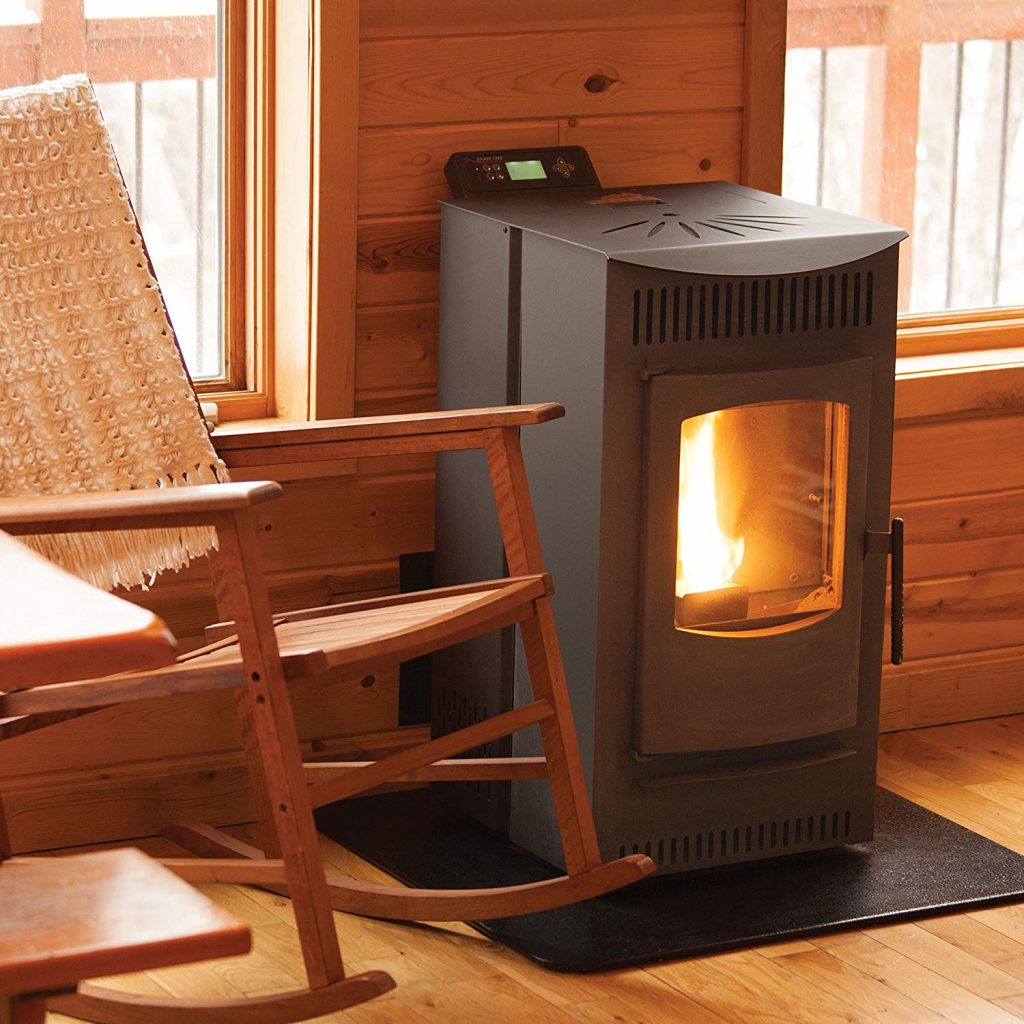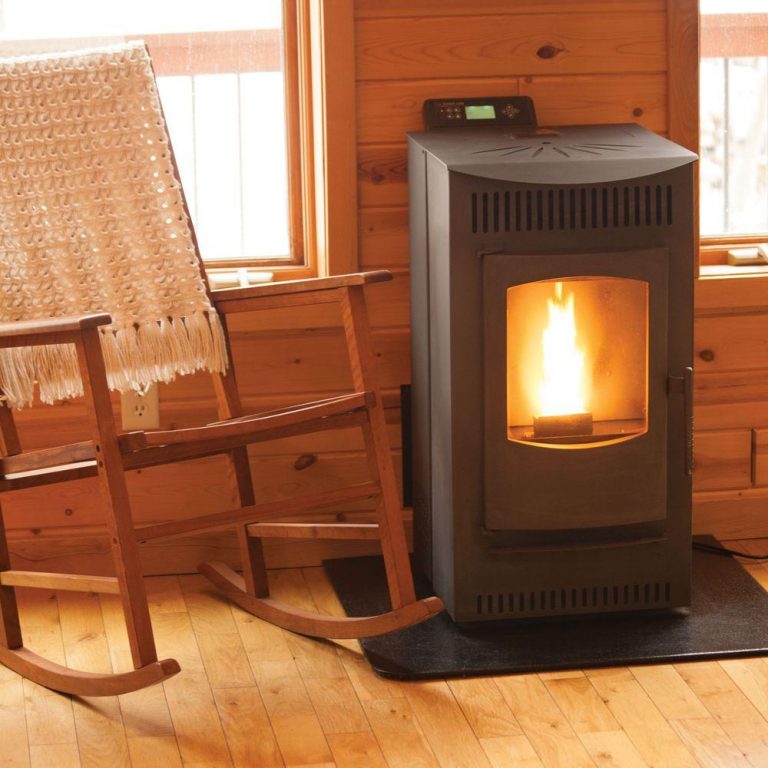Pellet vs Wood Stove: Comparing Heating Performance
I. Introduction to Pellet and Wood Stoves

A. Overview of Pellet Stoves and their Fuel Source Pellet stoves are fueled by wood pellets, which are small, compressed pellets made from wood waste materials such as sawdust or wood shavings. These stoves are designed to burn pellets efficiently and provide consistent heat.
B. Understanding Wood Stoves and their Traditional Fuel Usage Wood stoves, on the other hand, use traditional logs or firewood as their fuel source. They have been used for centuries and offer a classic, rustic experience of heating a space with a wood-burning fire.
C. Exploring the Benefits and Considerations of Each Type Both pellet stoves and wood stoves have their own unique benefits and considerations. Pellet stoves are convenience, automated operation, and high fuel efficiency. Wood stoves, on the other hand, offer a traditional ambiance, high heating potential, and the ability to use renewable firewood.
II. Fuel Source and Availability
A. Pellet Stoves: Utilizing Wood Pellets as a Renewable Fuel Option
- Benefits and Availability of Wood Pellets Wood pellets are a renewable fuel source made from materials that would otherwise go to waste, such as sawdust or wood chips. They are widely available and can be purchased in bags or bulk.
- Considering the Cost and Accessibility of Wood Pellets The cost and accessibility of wood pellets vary depending on your location. In some areas, wood pellets may be readily available and cost-effective, while in others, they may be less accessible or more expensive.
B. Wood Stoves: Utilizing Traditional Logs and Firewood
- Benefits and Availability of Firewood Firewood is a traditional and readily available fuel source for wood stoves.
- Considering the Cost and Accessibility of Firewood The cost and accessibility of firewood can vary based on regional factors and availability. Factors such as transportation costs, type of wood, and seasoning process can influence the price and accessibility of firewood.
III. Fuel Efficiency and Heating Performance

A. Pellet Stoves: Efficiency and Consistent Heat Output
- Examining the Efficiency Ratings of Pellet Stoves Pellet stoves are known for their high fuel efficiency and can achieve efficiency ratings of over 80%. They are designed to burn pellets evenly and provide consistent heat output.
- Understanding the Consistency of Heat Output Pellet stoves offer precise temperature control and a consistent heat output.
B. Wood Stoves: Atmospheric Heat and High Heating Potential
- Assessing the Atmospheric Heat Generated by Wood Stoves Wood stoves provide radiant heat, creating a warm and cozy atmosphere. They emit radiant heat that warms up the surrounding area quickly.
- Understanding the High Heating Potential of Wood Stoves Wood stoves have a high potential for heating large spaces efficiently. They can generate a significant amount of heat and are capable of providing warmth for extended periods.
IV. Maintenance and Operation
A. Pellet Stoves: Automated Operation and Regular Maintenance

- Exploring the Automatic Features of Pellet Stoves Pellet stoves offer automated operation, with features such as automatic ignition, programmable thermostats, and self-feeding systems. These features make them easy to operate and control.
- Considering the Required Maintenance and Cleaning Tasks Pellet stoves require regular maintenance and cleaning to ensure optimal performance. This includes cleaning the burn pot, removing ash, and inspecting the ventilation system.
B. Wood Stoves: Manual Operation and Maintenance Requirements
- Understanding the Manual Operation of Wood Stoves Wood stoves require manual operation, including starting the fire, adding wood logs, and adjusting the air vents to control the burn rate. They require more hands-on attention and monitoring during operation.
- Considering the Required Maintenance and Cleaning Tasks Wood stoves also require regular maintenance, such as cleaning the stovepipe, removing ashes, and inspecting the chimney. It is important to regularly clean and inspect the stove to prevent creosote buildup and ensure safe operation.
V. Environmental Impact
A. Pellet Stoves: Cleaner Fuel Source and Reduced Emissions

- Examining the Environmental Benefits of Wood Pellets Wood pellets are considered a cleaner fuel source compared to traditional firewood. They have low moisture content, leading to efficient combustion and reduced emissions.
- Considering the Reduced Emissions of Pellet Stoves Pellet stoves have lower emissions compared to wood stoves. They produce fewer particulate matter and greenhouse gases, contributing to improved air quality and reduced environmental impact.
B. Wood Stoves: Traditional Fuel Source and Potential Emissions
- Assessing the Environmental Impact of Burning Firewood Burning firewood in wood stoves can release smoke, particulate matter, and other pollutants into the air. The environmental impact can vary depending on the type of wood, combustion efficiency, and local regulations.
- Considering the Potential Emissions from Wood Stoves Wood stoves have the potential to emit pollutants, such as carbon monoxide and particulate matter, if not operated and maintained properly. It is important to follow proper burning practices and ensure the stove meets emission standards.
VI. Choosing the Right Stove for Your Needs
A. Evaluating Personal Preferences and Priorities

- Considering Fuel Availability, Efficiency, and Heating Performance Evaluate factors such as the availability and cost of pellets or firewood, desired fuel efficiency, and heating performance to determine which stove type aligns with your needs and priorities.
- Weighing the Maintenance Requirements and Environmental Impact Consider the maintenance tasks, cleaning requirements, and environmental impact associated with each stove type. Assess how much time and effort you are willing to invest in maintaining the stove and the level of environmental impact you are comfortable with.
B. Consulting with Experts and Considering Local Regulations
- Seeking Advice from Stove Professionals or Suppliers Consult with professionals or suppliers who specialize in pellet and wood stoves. They can provide guidance based on your specific needs, location, and regulations.
-
Understanding and Complying with Local Regulations and Guidelines Familiarize yourself with any local regulations or guidelines related to pellet and wood stoves, including emission standards and installation requirements. Adhering to these regulations ensures safe and compliant operation of your chosen stove.
Conclusion:
Pellet stoves offer automated operation and consistent heat output, while wood stoves provide atmospheric heat and high heating potential. Personal preferences and priorities, as well as local regulations, should guide the decision-making process. Consult with experts and consider the specific needs and considerations of your situation to choose the right stove for your home.
